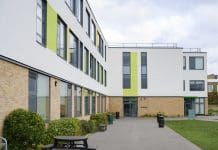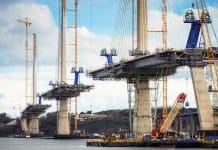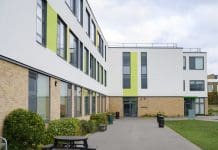The Government has released the latest figures of the Building Safety Programme, revealing that there are still 437 high-rise buildings with Aluminium Composite Material (ACM) cladding systems
Following the Grenfell Tower tragedy, the Ministry of Housing, Communities and Local Government (MHCLG) established a Building Safety Programme with the aim of ensuring that residents of high-rise residential buildings are safe, and feel safe from the risk of fire, now and in the future.
Data as of 31 December revealed there were 437 high-rise residential buildings and publicly-owned buildings in England that were identified with ACM cladding systems, a decrease of only four since the end of November.
Of these high-rise buildings with ACM cladding systems, 160 were identified as social sector residential buildings managed by local authorities or housing associations, 268 are private sector buildings and 9 are publicly-owned buildings, comprising hospitals and schools.
Of these 437 high-rise buildings, 67 have finished remediation – including receiving sign-off from building control where necessary. This leaves a total of 370 high-rise residential and publicly-owned buildings in England where ACM cladding systems remain in place and are unlikely to meet current Building Regulations guidance.
13 private sector residential buildings remain where the cladding status is still to be confirmed – this has fallen from approximately 170 buildings in June 2018.
Of the 160 social sector buildings:
- 37 have finished remediation – an increase of three since the end of November;
- 81 have started remediation;
- 40 have a remediation plan in place but remediation has not started; and
- building owners intend to remediate and are developing plans for a further two buildings.
Of the 268 private sector high-rise buildings (residential, hotels, and student):
- 30 have finished remediation – an increase of one since the end of November
- 18 have started remediation;
- 126 have a remediation plan in place but remediation works have not started on these buildings yet;
- building owners intend to remediate and are developing plans for 38 buildings; and
- remediation plans remain unclear for 56 buildings – the number where plans for remediation remain unclear has fallen from over 200 in June 2018.
Following the latest figures, MHCLG says they “are confident that the vast majority of buildings with cladding systems which are unlikely to meet current Building Regulations guidance have been identified, and publishing the data ensures transparency on high-rise building safety.”
Despite this, they admit that “additional checks by local authorities over the coming months might result in marginal changes in this data.”













